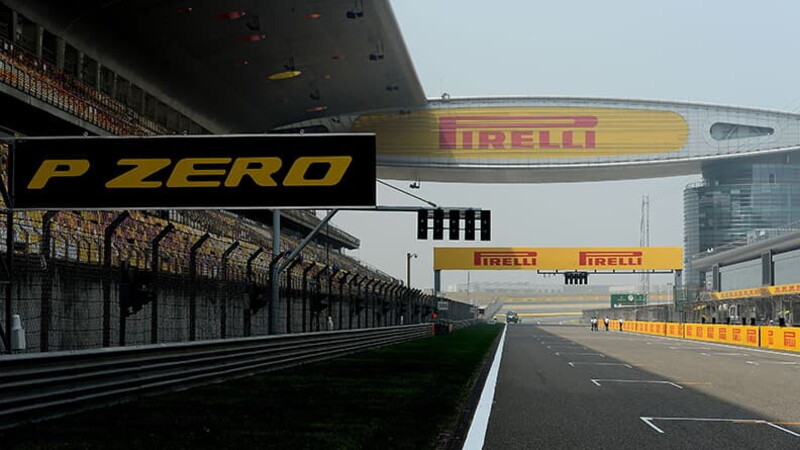Chinese lanterns

China has never been a traditional heartland of motorsport, as it's only in the last 20 years that it's even been common to have a driving licence there. But the country quickly made up for lost time. At its height around 10 years ago, the Chinese auto industry was expanding at something like 40% per year: making it the world's largest car market. It still is, with an annual production of more than 20 million cars per year, but that growth has slowed down significantly as the market has matured.
And while the automotive sector boomed, China was constantly looking for ways to leverage the investment. The idea of a Chinese Grand Prix was first mooted in the early 1990s, with the result that the Zhuhai International Circuit (1500 kilometres to the south of Shanghai) was built as the very first permanent racing track in China and provisionally added to the 1999 F1 calendar.

Zhuhai seemed a logical choice at the time: it wasn't so far from Hong Kong and Macau, and the city had hosted a number of popular street races in the mid-1990s, mainly for GT cars. Although the permanent track at Zhuhai looked good and was built with the established expertise of circuit architects from Australia (who had put together the Adelaide circuit) it ended up failing an FIA inspection. This meant that the Chinese Grand Prix was off the table until 2002, when a seven-year contract was signed with Bernie Ecclestone to take the race to Shanghai.
The first race at the Shanghai International Circuit was held in September 2004 and the current contract is now in force until the end of 2020. But just two months earlier, another international race had taken place in Shanghai – and that was actually on a little-known street circuit in the city centre.
The very first Shanghai race was actually for the DTM: the German Touring Car championship. There were originally two races on the schedule but only one was held after a manhole cover came loose close to the first corner and struck the Mercedes of Bernd Maylander – who, ironically, is now the Formula 1 safety car driver. These days, manholes at street circuits such as Singapore tend to be welded shut before the race…

So after a fraught start, motorsport in Shanghai (and China) is now big business. For a number of years, Chinese drivers and teams have been very active in rallying – with SUV manufacturer Great Wall even finishing sixth overall on the Dakar Rally – thanks to a heritage of gravel roads that traverse the country. But recently China has also been investing in youth and technology: there's a local FIA Formula 4 championship, while Renault's F1 team recently announced Guanyu Zhou as its development driver: the first Chinese driver to occupy a Formula 1 role with a manufacturer team.
Electrification has become a key priority for the Chinese automotive industry, as a result of excessively high levels of urban pollution, so there's a Chinese Formula E team. And Chinese tech sponsors are also increasingly involved in Formula 1, with Weichai Power recently extending its contract with Ferrari. Where all this exactly takes Chinese motorsport in future is hard to tell. But it's already come a long way in a very short space of time.




